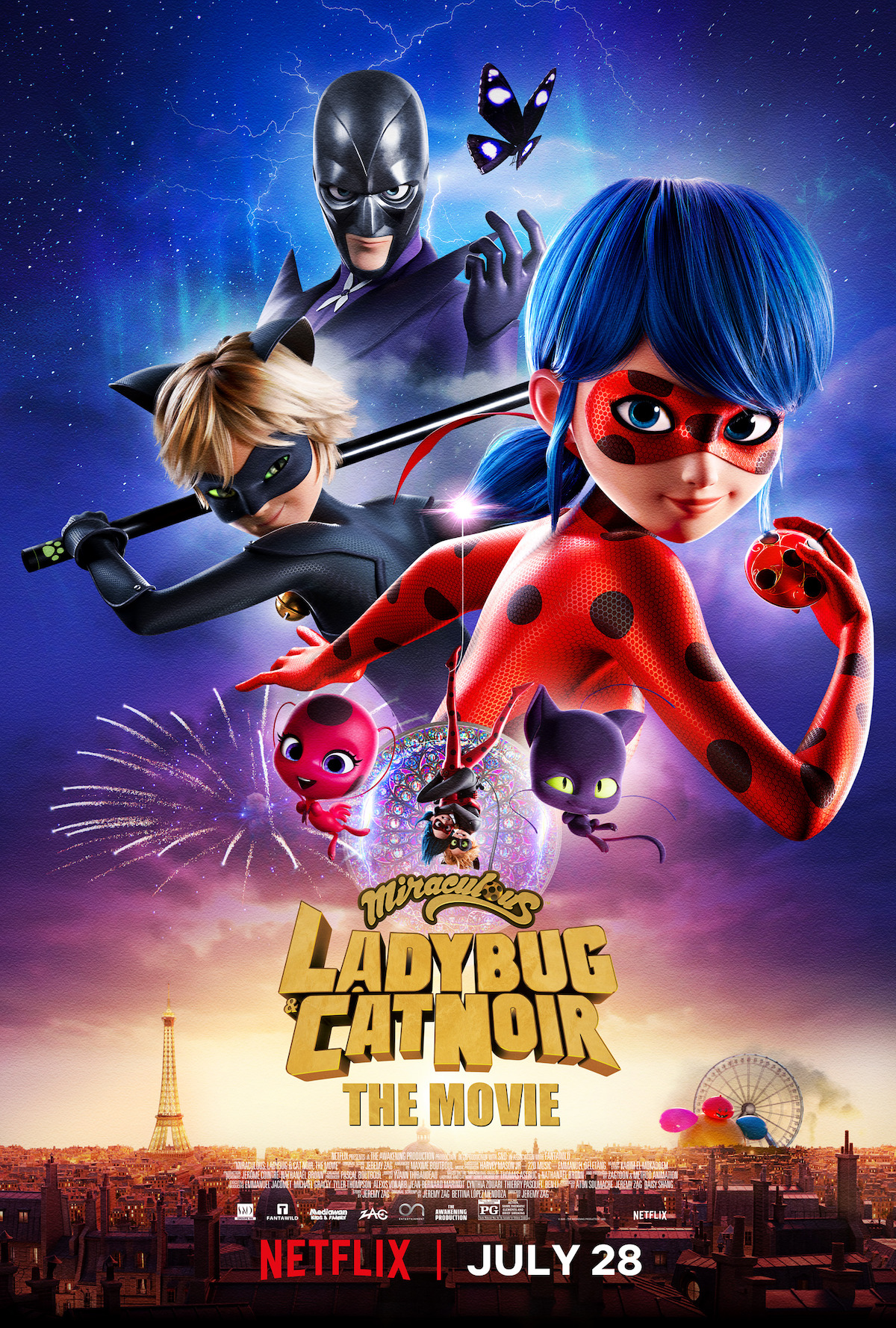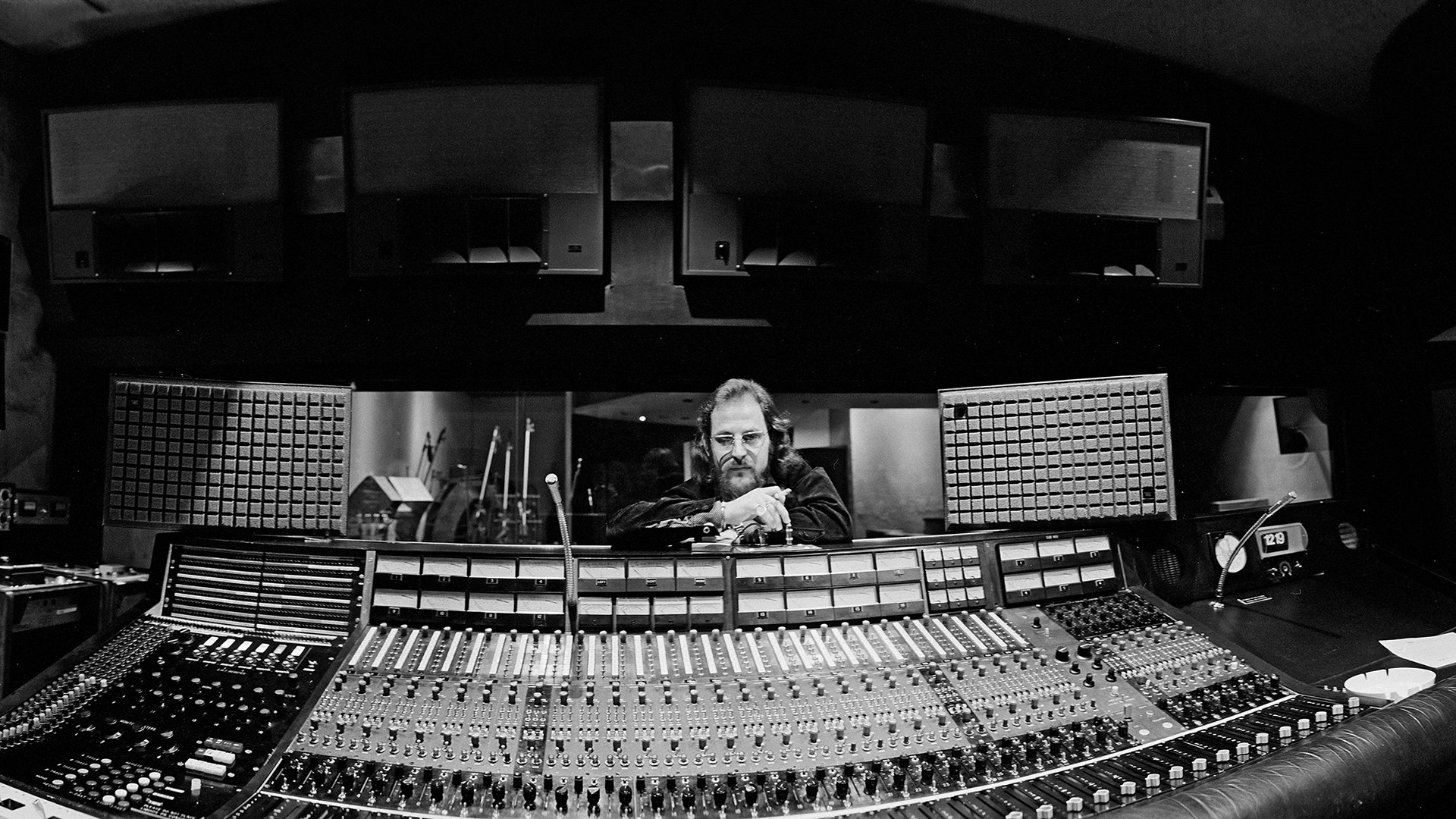I am not providing any new information; the Marvel Cinematic Universe (MCU) is currently in an uncomfortable position. Following the conclusion of the Thanos era, with the departure of key figures and the introduction of Disney+, Kevin Feige and his teams have been compelled to produce films and series on an industrial scale, leading to some chaos within the MCU. There has been a decline in interest, box office flops for certain films, and series that have lost even their most dedicated fans, suggesting that the gears of what was once a well-oiled machine have become jammed. Not long ago, however, Marvel Studios had built an unshakeable empire, generating billions at the box office and making even the greatest filmmakers envious to the point of criticizing it for self-assertion. This marked the peak of the MCU when Kevin Feige seemed nearly invincible. However, this was before superhero fatigue set in, before some highly disputable decisions were made, and before Disney shifted its focus from cinema to streaming as a more lucrative venture. Despite these challenges, there have been notable hits such as Shang-Chi, Doctor Strange in the Multiverse of Madness, Guardians of the Galaxy Vol. 3, and the recent Deadpool & Wolverine, offering moments of brilliance that keep the audience engaged but not enough to reignite the hype train and embark on a new arc that can retain old fans as before. Captain America 4 marks the end of Phase 5 in the MCU, signaling a desire to start anew with Phase 6 and the introduction of the Fantastic Four, bringing genuine stakes back into play. Should we rush blindly into theaters? We will see together…
Captain America: Brave New World is far from a simple project, as it has multiple objectives to fulfill, and fitting all that into a 2-hour film is nearly mission impossible. However, leaving the screening, there is still a rather positive note that the MCU has regained its colors and most importantly, it hasn’t pulled the wool over our eyes, unlike Ant-Man 3, Thor: Love & Thunder, and The Marvels. While the film may not achieve all its objectives, there is a palpable desire to please that should be remembered.
In revisiting the good elements of the past within this context, it is important to note the geopolitical themes present in the film, which echo those found in Captain America: Winter Soldier from 2014, widely regarded as one of the MCU’s finest works. This approach was clearly appropriate for a superhero who does not fit the traditional mold. Unlike Steve Rogers, Sam Wilson chooses not to use the Super Soldier serum, relying instead on his natural abilities and available resources. This premise was established in The Falcon and the Winter Soldier from 2021 and is carried forward into this new installment. However, while the series confronted manageable threats like the Flag-Smashers, the film faces a much more formidable adversary: Red Hulk. This development may raise questions about how an ordinary individual such as Sam Wilson can confront a powerhouse figure like the transformed General Ross in his Red Hulk form. Without revealing specifics, this scenario is likely to spark significant discussion on social media platforms.
CAP AND CROAKS
Red Hulk is not the sole opponent for Captain America in this film; two additional threats are present: Sidewinder, the leader of the Serpent Society, portrayed by Giancarlo Esposito, and Samuel Sterns, also known as The Leader, who returns to the MCU after a 15-year absence. Sterns was the secondary antagonist in Louis Leterrier’s “The Incredible Hulk,” which predates the official launch of the MCU, although Tim Blake Nelson agreed to reprise his role for this new installment. It is worth noting that viewers may find it beneficial to revisit Leterrier’s film as “Captain America 4” could be seen as a sequel to it or at least marks the first time the MCU officially incorporates this film into its continuity, with some unexpected elements that I will not disclose here.
The main issue with Captain America 4 lies in the multiplication of threats and villains to such an extent that it becomes challenging to give them the attention they deserve. It is unfortunate because there was potential with Sidewinder, played by Giancarlo Esposito, who delivers a convincing performance. However, he tends to play similar villain roles as seen with Gus Fring in Breaking Bad. On the other hand, Tim Blake Nelson’s character remains largely in the background due to poor writing that constantly conceals his existence and appearance before transforming him into a villain who seemingly appears magically from one location to another. This is somewhat disappointing.
The Marvel Cinematic Universe (MCU) currently faces challenges following the post-Thanos era, including box office failures and the abandonment of certain series due to Disney+’s focus on streaming content. Despite these issues, recent successes such as “Shang-Chi” and “Deadpool & Wolverine” offer some hope. Captain America 4 marks the beginning of Phase 6 with a goal to rejuvenate the franchise and introduce new stakes with the addition of Fantastic Four. The film incorporates geopolitical themes similar to those in Captain America: Winter Soldier, focusing on Sam Wilson’s conventional abilities rather than enhanced powers. The plot presents multiple threats—Red Hulk, Sidewinder (played by Giancarlo Esposito), and The Leader (Tim Blake Nelson). While Sidewinder is compellingly portrayed, The Leader’s limited screen time due to poor writing causes frustration among viewers. Captain America 4 also subtly connects to Louis Leterrier’s “The Incredible Hulk,” marking the first official MCU acknowledgment of that film, introducing surprising elements without explicit spoilers. The main criticism is the overloading of villains, which may prevent adequate development for each antagonist, despite some promising performances and character potential.
There is a valid reason for the shortened fight between Captain America and Red Hulk, as creating brawl scenes involving Hulk is costly. In this instance, I believe they have successfully reintroduced Hulk to the Marvel Cinematic Universe (MCU), which had been missing him for too long. The character was weakened with Smart Hulk but has not regained its former power. With Red Hulk, everything changes dramatically, and it’s a welcome shift, especially considering the clear investment in Harrison Ford’s portrayal of Red Hulk through detailed modeling work. The character is well-executed to the point where Marvel does not hesitate to include close-ups of him. However, the only drawback lies in the backgrounds, particularly during the cherry blossom fight scene featured extensively in trailers, which remains unappealing both in previews and the final film due to poor lighting, compositing, and rendering. The stark contrast between the well-crafted Red Hulk and the subpar environments is difficult to ignore.
Following this unpleasantness, which remains significant, “Captain America 4” generally provides satisfying fight sequences. I also greatly enjoyed the entire scene featuring fighter jets against the backdrop of Titan appearing in the Indian Ocean, a sight not seen since “The Eternals.” Marvel Studios has finally given this character more interest within the MCU by introducing adamantium, a material even stronger than vibranium, allowing for the gradual introduction of the X-Men, particularly Wolverine. A new actor will undoubtedly take on the role, as it is clear that Hugh Jackman will not be reprising his part in the next ten years. Deadpool and Wolverine were enjoyable side projects to please Ryan Reynolds, but the true new Logan of the MCU, who will eventually collaborate with the Avengers, will never be played by Hugh Jackman, rest assured…
UNDER PRESSURE
In any case, Anthony Mackie performs well in his new role as Captain America, which was not a certainty. Personally, I have never found the actor particularly talented; he is not a bankable star capable of drawing audiences solely based on his name, but there is genuine sincerity in his performance. This mirrors what he represents in the film: the passing of the torch from Chris Evans’ Captain America. He experiences this transition in real life, feeling the pressure of taking on the role, someone who has always been in the background, lacking the charisma and prominence that Chris Evans had, yet this is often highlighted in the film. Nevertheless, he manages quite well, similar to Joaquin Torres, the new Falcon played by Danny Ramirez, who is a genuinely cool sidekick to follow. There is a good dynamic between the two characters and their respective actors that is evident on screen. This sincerity is what I will remember from this Captain America 4; it is not just about wanting to reconnect with the good MCU films of the past but also the motivation to do well, albeit with more modest means than a powerful Steve Rogers. There are many aspects to critique and improve upon, but at least in two hours, the film maintains a good pace and does not insult the audience’s intelligence like some other recent films such as Ant-Man 3, Thor: Love and Thunder, and The Marvels. Let us move forward from these missteps because with The Fantastic Four and Galactus, and the X-Men, there are still beautiful stories to tell in the MCU. At least, I believe so.
Have any thoughts?
Share your reaction or leave a quick response — we’d love to hear what you think!


